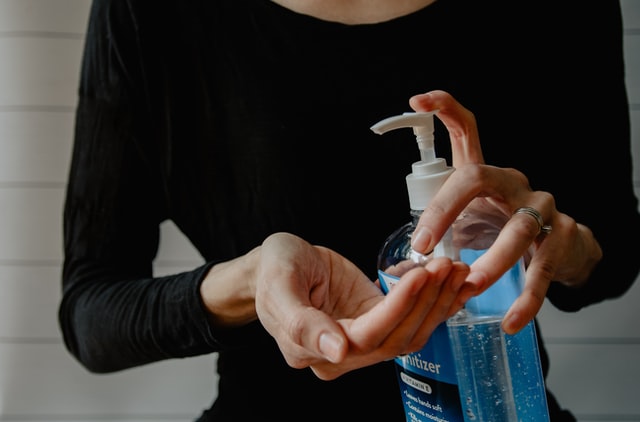Creating a COVIDSafe workplace as a Victorian Small Business

- Written by Rhiannon Mason,
- Published on 27 September 2020
By and large, Australia has managed to contain the number of positive coronavirus cases by adhering to varying degrees of quarantine and restrictions, over the course of this pandemic. Unfortunately, the same can’t be said about the state of Victoria.
Stage 4 restrictions were introduced on the 2nd of August, resulting in the closure of all businesses deemed as “essential”.
As a result, the Australian economy at large and in particular, Victoria, has taken quite a hit, with some saying the worst may be yet to come.
One group who have been especially affected by both lockdowns is small business. Coronavirus has substantially impacted the lives and livelihoods of small business owners in Victoria.
This is why the easing of certain restrictions from the 27th of September, (see the Victorian Government’s Roadmap to Reopening), is akin to a lifeline for many businesses. However, it comes with its own set of challenges.
Health and safety concerns around reopening
Given how many small businesses have been doing it tough, as well as the consistently lowering confirmed cases, there is a sense of urgency in reopening the local economy in Victoria.
However, there are several health and safety concerns associated with the reopening of workplaces.
Small businesses can easily become hotspots for the spread of COVID-19, given the close proximity in which people interact within most workplaces.
Therefore, it is crucial for small businesses to be aware of and adhere to the safety guidelines issued by the government. Even if your business is not considered high-risk and a COVIDSafe plan is not strictly required, it’s a good idea to get prepared anyway to keep your staff and workplace safe.
Before you go through the following ways in which you can make your workplace COVIDSafe, do understand that this information has been collated to help you mitigate the spread of COVID19 at your place of business.
These guidelines in no way, shape, or form supersede the advisory provided by Victorian and federal public health departments and WHS regulators.
Therefore, if you would like further clarification or to source more information, resources and checklists, please see the Victorian Department of Health and Human Services website regarding prevention of infection in the workplace.
Business Victoria’s creating a COVIDSafe workplace and Safe Work Australia for COVID19 information specific to small businesses have some useful resources also.
Basic Guidelines to keep small business coronavirus-free
Businesses operating in Victoria should adopt the following basic guidelines, to lower the spread of coronavirus and keep their small business, coronavirus-free.
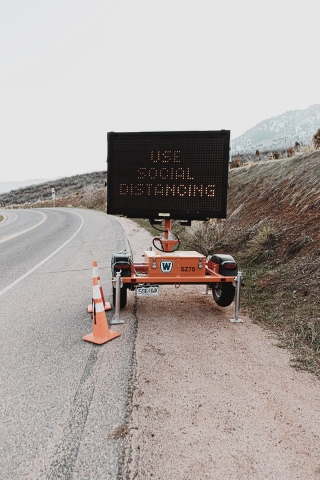
- Physical distancing
Business owners, managers, supervisors, etc. should make sure that within their workplace or premises, the physical distance of at least 1.5 meters is observed by everyone at all times.
To get a better understanding of how to follow physical distancing measures, watch the video below.
https://www.safeworkaustralia.gov.au/media-centre/physical-distancing
- Mask-wearing
Everyone at the workplace must wear masks or face coverings at all times.
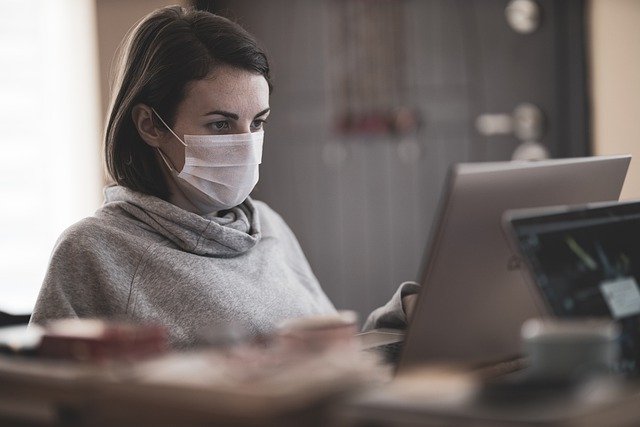
- Exercising excellent hygiene
This is another major precaution that all small business owners will have to take. Maintaining proper hygiene can go a long way in reducing the spread of coronavirus.
In order to learn more maintaining hygiene at your workplace, take a look at this explanatory video.
https://www.safeworkaustralia.gov.au/media-centre/cleaning-your-workplace
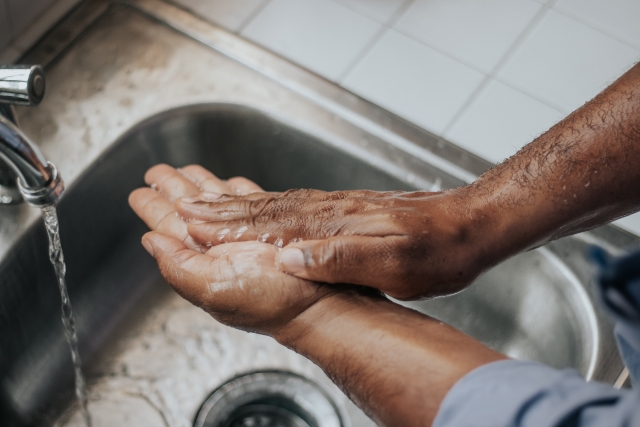
- Assessing factors that may pose a risk
If you are a small business owner then it is imperative that you conduct a thorough health and safety risk assessment of your business with regard to COVID-19.
Without recognising the risks, it will not be possible for you to mitigate them and prevent the spread of coronavirus. You may find the following video about assessing and mitigating risks, very informative.
https://www.safeworkaustralia.gov.au/media-centre/assessing-and-managing-risks
Preparing for COVID-related contingencies at the workplace
As a small business owner, it is crucial that you follow the above guidelines. However, these alone might not be enough to prepare you for incidents should they occur.
There are some other vital pieces of information that you should know in order to prepare your workplace so that you have contingency plans in place and can better manage COVID-related risks.
Here are some scenarios that you should consider as a small business owner:
1. How to respond if an employee becomes sick?
First, do keep in mind that under no circumstances should a sick person be present at the workplace. If a staff member of employee calls in sick, do not allow them to attend work.
If a person shows symptoms such as fever, cough, sore throat, or shortness of breath, they should be immediately asked to seek medical assistance. As far as we know currently, COVID19 symptoms are varied from person to person, so it’s best to play it safe, rather than be sorry.
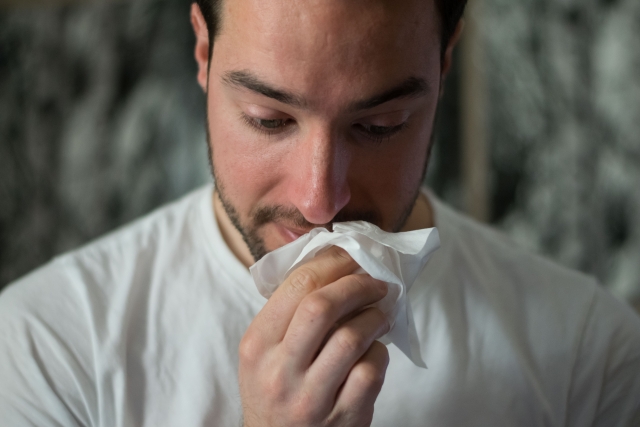
2. What to do if an employee is found to be COVID positive?
If you become aware of a positive case within your workplace, you must direct that employee to travel home immediately. If they cannot do so for any reason, they should isolated in a separate room until travel is possible.
If an employee is found to be infected with coronavirus, all staff and health and safety representatives should be informed and instructed to keep vigilant in case they begin to experience symptoms.
You must undertake a risk assessment to determine further actions and take note of all ‘close contacts’ during at least the last 48 hours. This includes 15 minutes face-to-face exposure or two hours of sharing a closed space.
3. What to do if you suspect that an employee might be infected?
If you have a plausible suspicion of an employee being infected with coronavirus, do not wait for confirmation. Whether the person is an employee, customer/client, or anyone else, respond immediately and take the following steps:
- In case of severe symptoms, contact 000
On witnessing symptoms such as severe difficulty in breathing, seek medical assistance immediately.
- In case of mild symptoms, arrange PPE
If the person is showing mild symptoms, you should take steps to avoid the spread of infection by providing PPE(Personal protective equipment) to the person, and to those closely interacting with the person.
PPE includes surgical masks and hand sanitiser at minimum, as well as heavy-duty and industry specific equipment.
Unless a lawful exemption applies, all employees should be wearing a mask in the workplace.
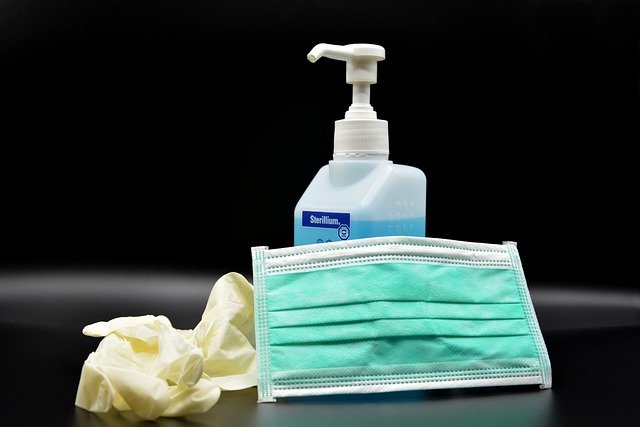
- Probe risks
As mentioned earlier, you cannot manage risks if you are not familiar with what they are. Share your concerns with the person you suspect may be infected, and hear what he/she thinks about the situation.
If they are uncooperative or you are still unsure, you can call your state or territory helpline number for health advice.
Be aware that you cannot discriminate or disadvantage workers for raising health concerns, so listen to your employees if they have concerns.
- Call the National Coronavirus helpline
The 24/7 available number 1800 020 080 is the national helpline number for COVID-19.
You can call and ask for healthcare assistance, or information regarding undergoing testing.
- Carefully record details
Do keep the contact details of the person you suspect is infected. Also, note the areas at the premises that may carry infection.
Try to keep the person separated from other but do note the names of anyone who comes into contact with them. These details may help with contact tracing, should your concerns be realised.
- Arrange transport
Make sure the suspected person can go back home or to a COVID clinic, in isolation.
Instead of public transport, try to arrange a private, isolated mode of transport.
If it can't be done, then provide PPE to the person and ask them to maintain as much physical distance as possible from the driver, and to not cough or sneeze without covering nose and mouth.
- Thoroughly cleanse and disinfect your workplace
Immediately seal-off areas that the suspected person was in contact with, and allow no-one to go inside those areas or touch the surfaces in those areas, as they may be infected with the coronavirus.
Enhance air-flow inside the premises, by opening doors and windows. Then proceed to conduct thorough cleaning and disinfection of all common areas within the premises, such as mess, washrooms, cabins, etc.
It’s a good idea to look into professional help in this instance to ensure a thorough clean and minimal spread of infection.
- Provide adequate protection to cleaning personnel
Cleaners should have access to proper PPE. This includes disposable gloves, along with standard PPE(surgical mask, hand sanitiser, and if they are using chemicals then they must also be provided appropriate eyewear and disposable aprons).
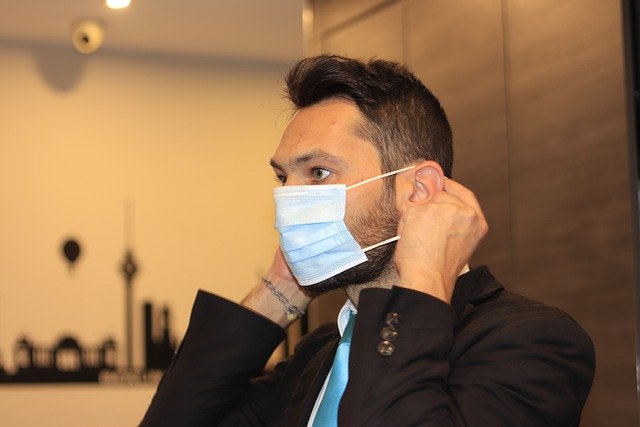
4. What physical distancing steps should I take at the workplace?
In an enclosed environment, very much like that of a small business, coronavirus can easily spread among people who are breathing in the same air as the infected person.
Micro-droplets from the infected person's sneezing or coughing, or even just exhaling, get into the air, and when others inhale the same air, they become infected also.
Hence, as a small business owner, you must take steps to facilitate every person inside the premises with at least 4 square meters of space and make sure that people are maintaining a minimum of 1.5 meters distance between each other.
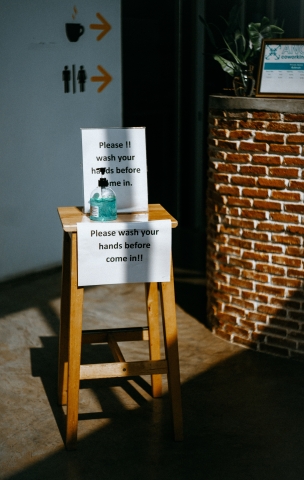
Working in close proximity increases the risk of transmitting the virus, therefore, exercising some specific control measures will help you curb close contact scenarios at the workplace.
Apart from following the above physical distancing guidelines, you must also practice the following control measures to reduce the spread of coronavirus:
- Lower the number of persons working in any particular area of the workplace, at any given time.
- Put in place some arrangement that ensures fewer people have to come to the premises. For example, if you can operate at half or partial capacity, instead of full. If possible, allow employees to finish work projects at home, or off-site.
- Only allow essential employees on-premises, and allocate different work areas among them, instructing them to work from their stations.
- Segment your employees into different work-groups, allocate them the same work area, equipment, and shift timings, so that they don’t have to interact with other staff groups.
- Utilise technology to provide instruction. Use phones to convey messages, and supervise through surveillance cameras instead of personally visiting workstations of employees.
- If feasible, try to alter or change processes that require close interaction among employees. If this isn’t possible, then try other to simply decrease the period of time employees are spending in close to each other.
The Road Ahead
We’re as excited as you are to see the end of restrictions in Victoria, but there’s still a long way to go in getting back on our feet and ensuring we overcomes the challenges posed by coronavirus.
Small businesses have been some of the hardest hit and while we try to provide timely and accurate information, the situation is changing constantly and the requirements differ for regional and metropolitan businesses, as well as from industry to industry.
The Victorian Small Business Network is constantly working to support and assist small business owners by providing education, support and networking opportunities. Although we try to provide information that is current and accurate, we're not experts in CovidSafe preparation or Health and Safety. Thankfully, being the awesome network that we are, we do have some experts in our midst.
VSBN member and InSafely founder Michelle Gunn works with businesses to educate, implement and automate infection control measures within the workplace as well as providing customised COVID-Safe Plans.
“Guidelines are constantly changing, and this includes cleaning regulations,” says Michelle, “Every business will be at their own stage of maturity with their infection control.”
“It’s important that they feel confident and that their COVID Safe Plan is effective in protecting workers, customers/clients and any visitors. That’s why seeking assistance from a professional can be the best option for many businesses, this includes small businesses too.”
You can also engage infection control services experts like Michelle and other professional consultants to help you to ensure your business is CovidSafe through the Victorian Small Business Network directory.
You can create a COVIDSafe plan via the Business Victoria website today and visit the Department of Health and Human services website for more information. You can also engage infection control services and other professional consultants to help you to ensure your business is CovidSafe through the Victorian Small Business Network directory.


Join The Network
VSBN is about supporting businesses in Victoria, Australia.

Join The Network
VSBN is about supporting businesses in Victoria, Australia.
